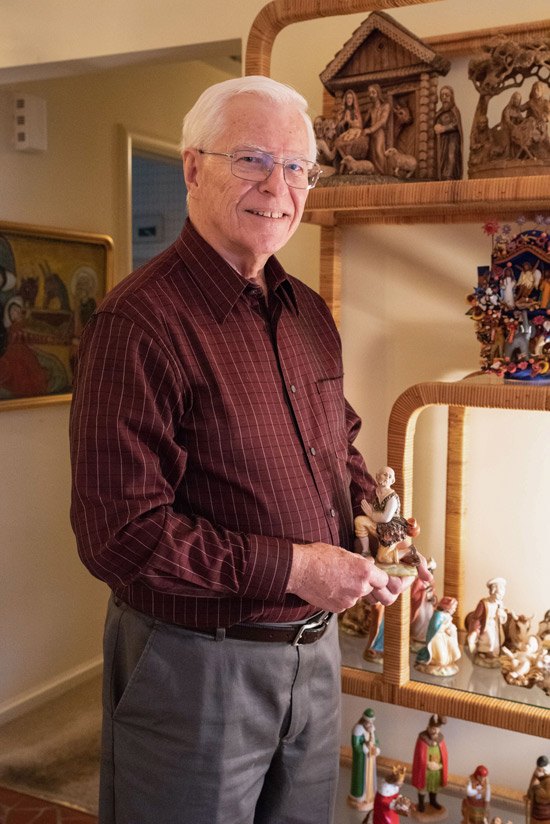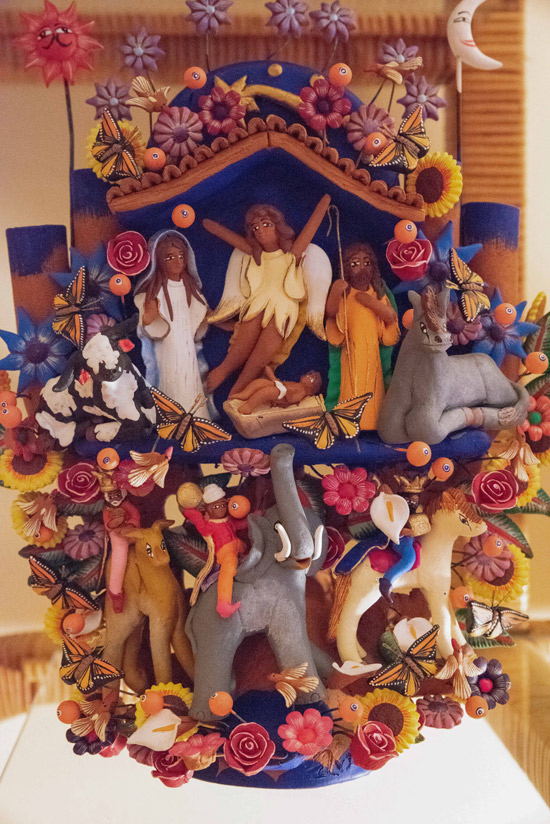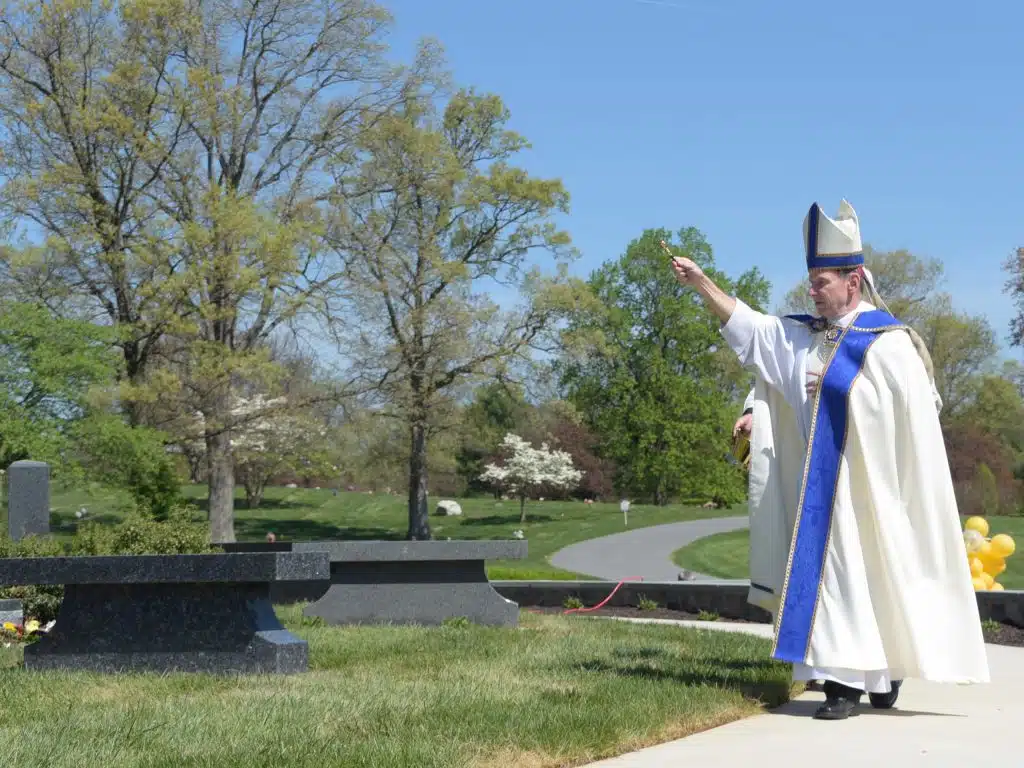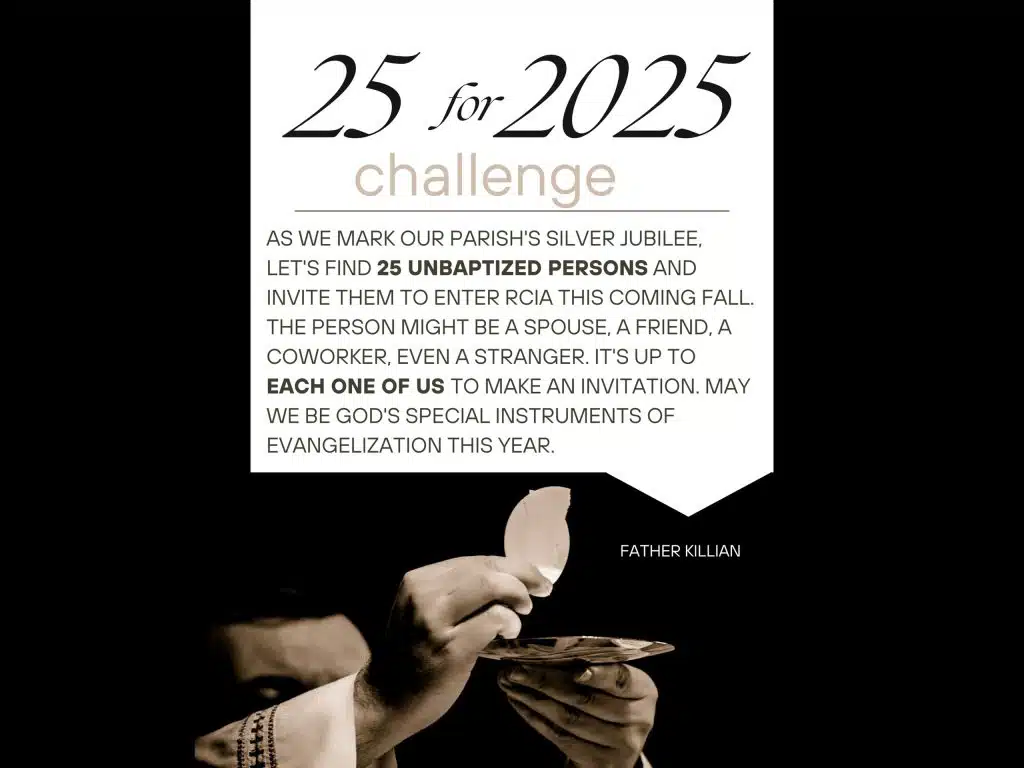As the newly married couple walked through the New England town, they spotted a beautiful porcelain creche in a shop window. Though they didn’t know it at the time, that first Christmas gift they gave one another was the start of a collection of some 560 creches. The James and Emilia Govan Collection is a treasure trove of fine art from around the world uniquely depicting the same singular event — the Incarnation, the first Christmas, the Savior’s birth.
As any collector will tell you, it’s just as much a collection of the intangible as the tangible — the stories of art and artists, of cultures and tradition, of the unexpected generosity of strangers and friends that created something wonderful. Much of their collection has been donated to the Loyola University Museum of Art in Chicago to be exhibited around Christmas, but a few favorites still deck the halls at Jim’s Arlington home.
Before the star of Bethlehem was a twinkle in either of their eyes, Jim and Emilia were political science graduate students at Columbia University in New York City. Jim was from a coal-mining town in Illinois, Emilia was a Sicilian from Brooklyn. They sat next to one another in the first class they had. “We argued ever since which one said ‘hello’ to the other one first,” Jim said, laughing. They were married in 1962 near the university at the Church of Notre Dame.
The couple eventually settled in Arlington and joined St. Ann Church, where their two sons, Michael and Stephen, attended the parish school. One Christmas, they were shopping in Alexandria and found a creche they liked. A few years later, they found another but wondered what they would do with three creches. “One of us said, ‘Well, we could think about collecting them.’ It was just one of those spur of the moment reactions,” said Jim.
Jim Govan, a parishioner of St. Ann Church in Arlington, is an avid creche collector. ZOEY MARAIST | CATHOLIC HERALD

“They were going to build eight lanes, four lanes each way, with a chain link fence when they first proposed the project,” said Jim. ACT attracted media attention and inquiries from people around the country looking for ways to stop highways in their communities. In 1974, Emilia was named Washingtonian of the Year for her advocacy.
Today, I-66 inside the Beltway is just four lanes with the Metrorail track down the center. The Govans’ prescient effort mirrors today’s public planning — a trend toward fewer lanes and more multi-modal options. Still, not everyone is happy about it. “We had friends that lived way out in the country and they would tease me, ‘We often think of you, Jim, as we’re driving, stuck in traffic,’ ” he said.
Their creche collecting began to pick up in the mid-1980s. Jim became interested in the artists who made the creches and began to document the life and style of the artisans. Over the years, the couple began writing a book about the collection and started a group for creche collectors called Friends of the Creche. Naturally, the first meeting was in Bethlehem, Pa.
Jim retired in the late 1990s, and Emilia was thinking about retiring soon, too. They decided to use their free time to volunteer for Meals on Wheels. But before that happened, Emilia was diagnosed with cancer. She passed away within a year.
When Jim saw a notice in the bulletin for Meals on Wheels, he decided to volunteer. He was assigned a delivery partner who, over the course of their 19 years volunteering together, has become like family. “(He and his wife) have just taken me in. They’re my best friends,” said Jim. “That’s Emilia’s work, because that’s what we were going to do. So in my heart, she put us together.”
Jim also carried on their work of collecting. He published “Art of the Creche: Nativities from around the World” and dedicated it to her. He exhibited their collection in Washington, where it caught the eye of a curator from Chicago who offered to transport all the delicate pieces back and forth for the chance to show the collection there. For many years, Christmas began in July for Jim. “I’d have to start in the summertime to prepare creches to go to Loyola,” he said. The museum team would start packing in the fall.
This Mexican Tree of Life Nativity was made by Juan Hernandez Arzaluz and Maribel Vasquez Gomez. ZOEY MARAIST | CATHOLIC HERALD

There’s a very American creche, complete with Teddy Roosevelt, Paul Revere, Betty Ross, a donkey, an elephant and a cherry tree. He reached out to creators Les and Hanneke Ippisch to learn more about another piece they made, and Hanneke graciously offered him the Washington-themed creche for free. Jim later learned that Hanneke grew up in the Netherlands during World War II and was arrested for helping smuggle Jews to the countryside. She was released after the war and eventually came to the United States.
On another occasion, Jim was searching for a Russian creche and reached out to a Catholic priest in Vladivostok, who promised to look around for one. He didn’t hear from the priest again until two years later, when he called saying he was in the United States with the creche in his suitcase. It was the creation of one of his parishioners — a children’s puppet-maker who didn’t want any compensation. Jim ended up donating to the parish in the puppet-maker’s honor.
“This lady of no means, dealing with someone who lives in the U.S. whom she could assume was well off and (she) asked for nothing,” he said. “To me, it’s the story in the Bible of the lady who gives her pennies to the (church) collection and what she gave is richer than what the rich guy gave.”
Collecting creches has brought Jim closer to God and to people of all faiths who helped his collection grow, he said. “In my mind’s eye, I see now this network of humanity that I’ve been able to touch in some way, and that has touched me. It has reaffirmed to me basic human goodness,” he said. “Depicting the birth of a child brings all humanity together to share a universal experience. And depicting the birth of the Christ Child brings much of humanity together to share a profound belief in the future.”


